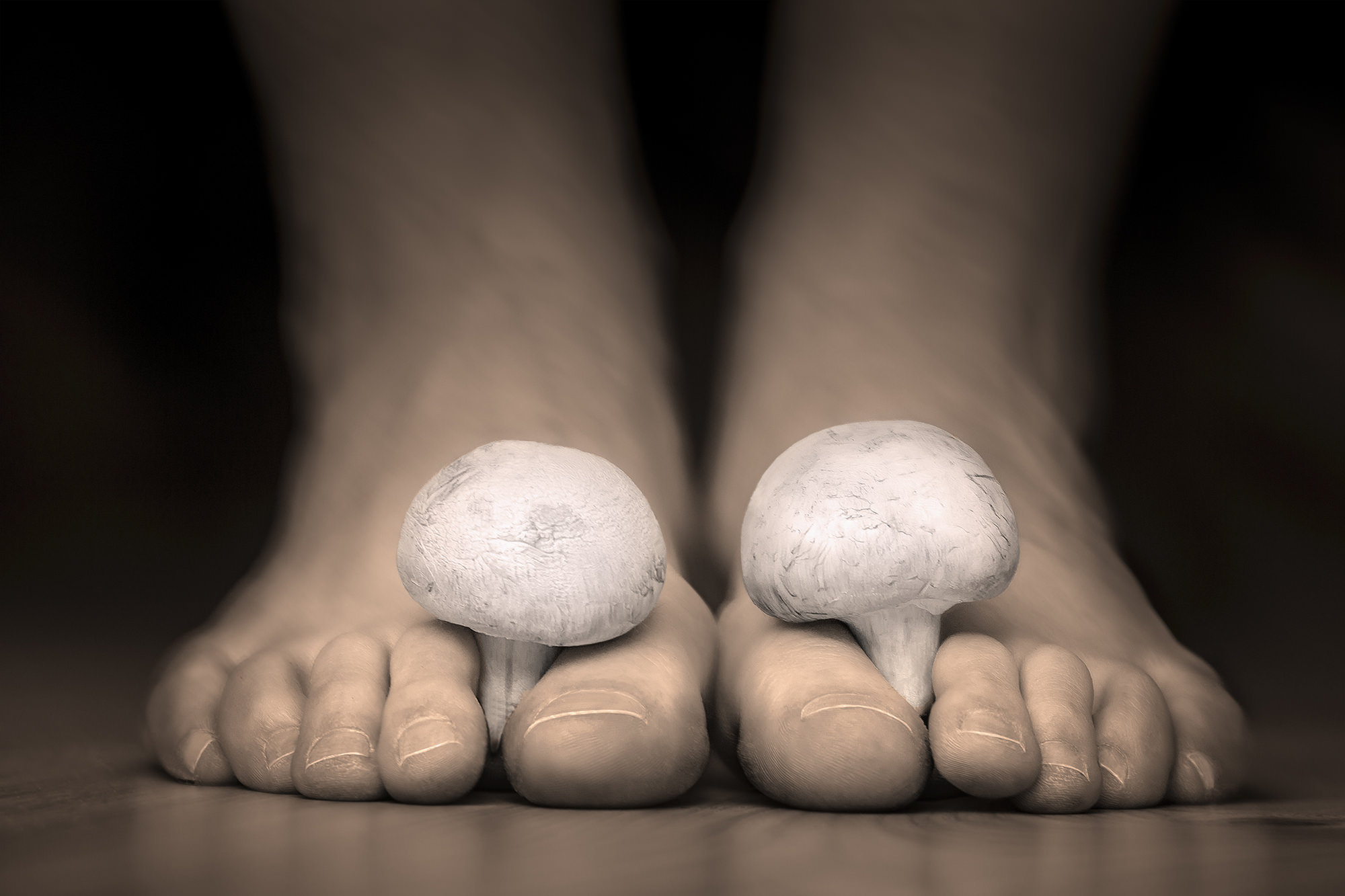Nail Fungus Symptoms

Most cases of nail fungus happen due to fungal nail infection, which may occur to both children and adults.
You are prone to fungal nail infection, which leads to onychomycosis (nail fungus) condition if you fall under such a category:
- You are prone to athlete’s foot
- Keeping sweaty feet
- Being elderly- contributes to dry and brittle nails. The cracking, will, therefore, give way to fungi.
- Having a lower immune system
- You have skin conditions like psoriasis
- Having physical conditions that lower blood circulation to the feet
- Walking barefoot in damp public areas
So, what’s the first indication that you have nail fungus?
You will notice some whitish or yellowish spots below the toenails or fingernails. When the fungal infection spreads out, several nails get affected. You will also see some nail discoloration, thickening, or breakdown at the ends.
Some people may have mild cases of the condition, which may not be bothersome. However, for some, it may involve painful, breaking nails that require further medical intervention, plus constant self-care procedures.
Whenever you have a suppressed immune system due to additional health concerns such as diabetes, HIV/AIDS, narrowed blood vessels, or other conditions, further grave infections may arise, spreading outside your nails.
In severe cases, onychomycosis can be exceedingly hurtful, leading to irreversible nail damage. It is, henceforth, relevant to avoid feet injuries whenever you have nail fungus or are prone to the condition. It helps keep away other serious problems.
How can you Prevent Fungal Nail Infections leading to onychomycosis?
- Avoid using artificial nails and nail polishes
- Do not walk barefooted in damp open areas
- Keep changing your socks to avoid extra sweaty feet
- Keep short nails always, with smooth, well-trimmed edges
- Avoid either too tight or too closed pair of shoes
- Keep your nail clipper personal, and always sterilize it after use
- Moisturize your nails consistently
- Wash your hands and feet always
Doctors will treat the condition and offer advice based on the extent of it. You must follow any care advice given carefully, since a case of negligence may quickly lead to the recurrences of the fungal infections. Mostly, you will receive medicine prescriptions or DIY (Do-It-Yourself) strategies that you can efficiently perform at home.
Some of the medicines that doctors may prescribe for the condition will include:
Medicated nail ointment- with this, you first soak your feet in the water and then rub the cream on the infected nails. Importantly, ensure that you shorten and thin the nails using a file, or a non-prescription lotion, to make certain that the medication goes through the possibly sturdy nail surface to the inside where the fungus usually lies.
Oral-administered antifungal medications- these drugs are the preferred treatment method for nail fungus. They prove to be more effective than contemporary medicines. They quickly replace the infected nails, giving room to new and complete nail growth. It may take about four months to achieve full nail makeover.
As much as you may receive medical intervention for onychomycosis, the best treatment you can offer yourself is proper self-care. Ensure you moisturize your nails, and make your feet breathable always. Above all, stay healthy by eating a nutritious, balanced diet, as well as drinking plenty of water daily.
For alternative over the counter treatment for nail fungus, you can check out Emuaid.